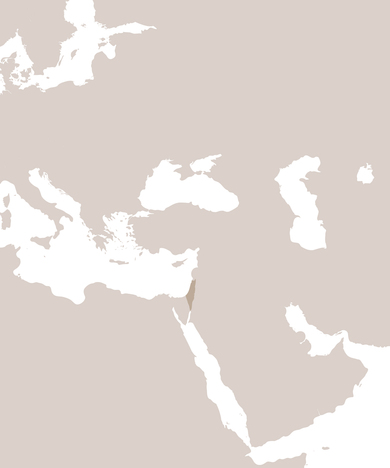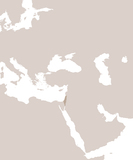Palestine
Palestine
Refugees:
60,000–75,000 Jewish refugees.
Political situation:
British Mandate territory, administered on behalf of the League of Nations; Jewish self-government structures. 1936–1939: Arab revolts against the Jewish population and the British Mandate rulers.
Conditions of entry:
Restrictive immigration policy; quotas fixed half-yearly depending on occupation, wealth, country of origin; emigrants were allowed to take assets with them. Internment and deportation of illegal immigrants. 1939: Jewish immigration limited to 75,000 for five years ("White Paper").
After the United States, Palestine was the second most important host country for persecuted Jews. The arrivals were not regarded as refugees, rather as citizens of a future Jewish State which was to be established in Palestine. Nevertheless, the transition was difficult. Many refugees were deeply rooted in the German culture and only identified themselves to a certain extent with the movement to create a Jewish state. Very few spoke Hebrew and German was frowned upon as the "language of the perpetrators". Because agricultural and technical skills were in great demand, many immigrants had to retrain. A further 12,000 young people who had arrived with Youth Aliyah were given agricultural training.


